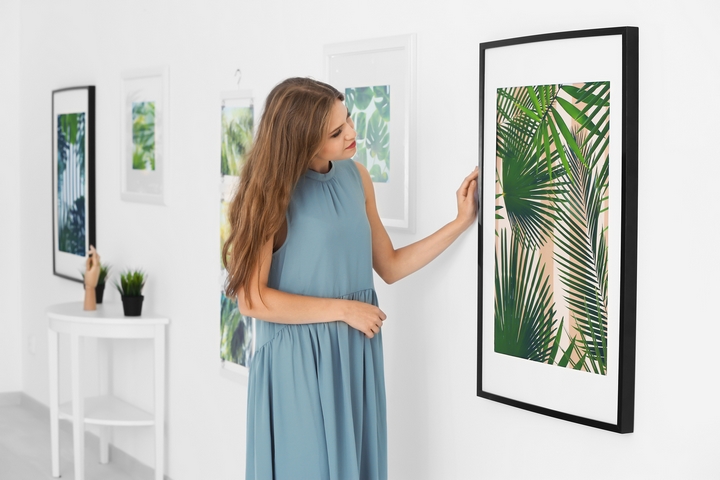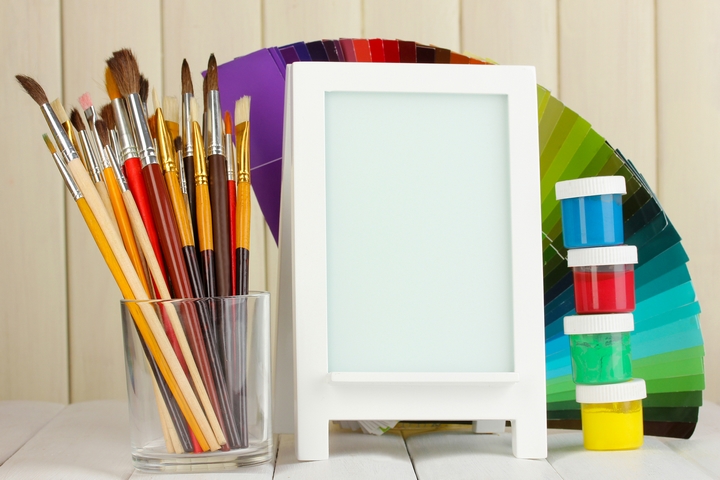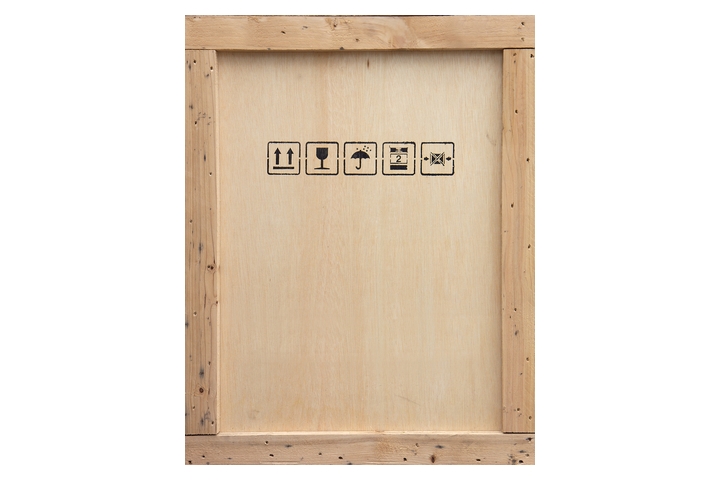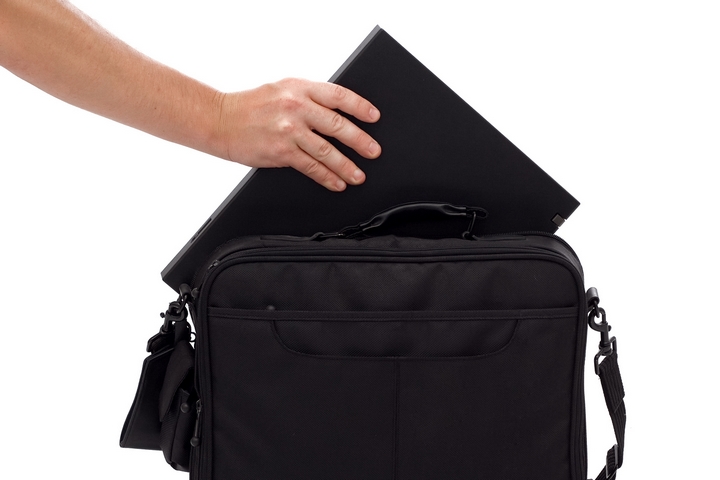
When it comes to moving, it can be a pretty stressful time, especially for those who have lots of things. Some of these things can be pretty expensive. Some things can be very special. Nobody wants to have any of this damaged in any way.
One common thing many people worry about is moving art. These can be pretty fragile and easily damaged. They can also be very expensive or very special. You would need to use special techniques to move your art safely and securely. Art can come in many shapes and sizes. Let’s look at 4 tips on how to move art properly and reduce the chances of damage.
1. Know What Materials Are Used

As you know, not all art is the same, so do not assume that they should all be wrapped in the same way. Knowing the medium helps. As an example, a print will have different requirements when compared to an oil painting. The frame itself can determine how it should be protected, so realize that things like this will make a difference. There can be many mediums used, such as water colour or acrylic. You may possess a variety of art using different mediums. The best thing you can do is to call a moving expert who can guide you with the supplies you need to take care of your art during the move.
2. Telescopic Art Boxes

This is a very adaptable box and it is effective for protecting your larger works of art. When you think about it, it is also pretty cost-effective. The wonderful thing about these boxes is that it is adjustable, so it can be customized in accordance with your artwork. You can use these for smaller works of art as well. However, it is still a wise choice to bubble wrap the artwork inside in order to give it the greatest amount of protection for the move ahead. Telescopic art boxes will ensure that the outer layer is the correct one for a safe move.
3. Wooden Crates

You may again want to speak to your movers for some advice on crates. For artwork that is very expensive or that is larger in size, wooden crates will do a perfect job. The protection it gives is pretty much unrivalled. It does help if the crate is built specifically for that particular piece. Having the right dimensions is important. The only drawback is that it is an expensive option. It depends on your move too; if it is a longer move, it may be worth considering this. You can get pre-built crates or custom-designed ones, so speak to your movers about it.
4. Smaller Art Pieces

For smaller art pieces, you can use a medium sized box. This will also make it easier to account for when it reaches the other end. Just make sure that each piece is individually bubble wrapped. Also make sure to use packing peanuts to limit movement and to provide extra protection during the journey. When you do not feel any movement or hear any noise, then you know the box has been packed well.
Hiring the right movers also makes a difference. They will be able to advise you and provide you with the necessary materials. This ensures a stress-free move as you feel confident that the job will be done right.












